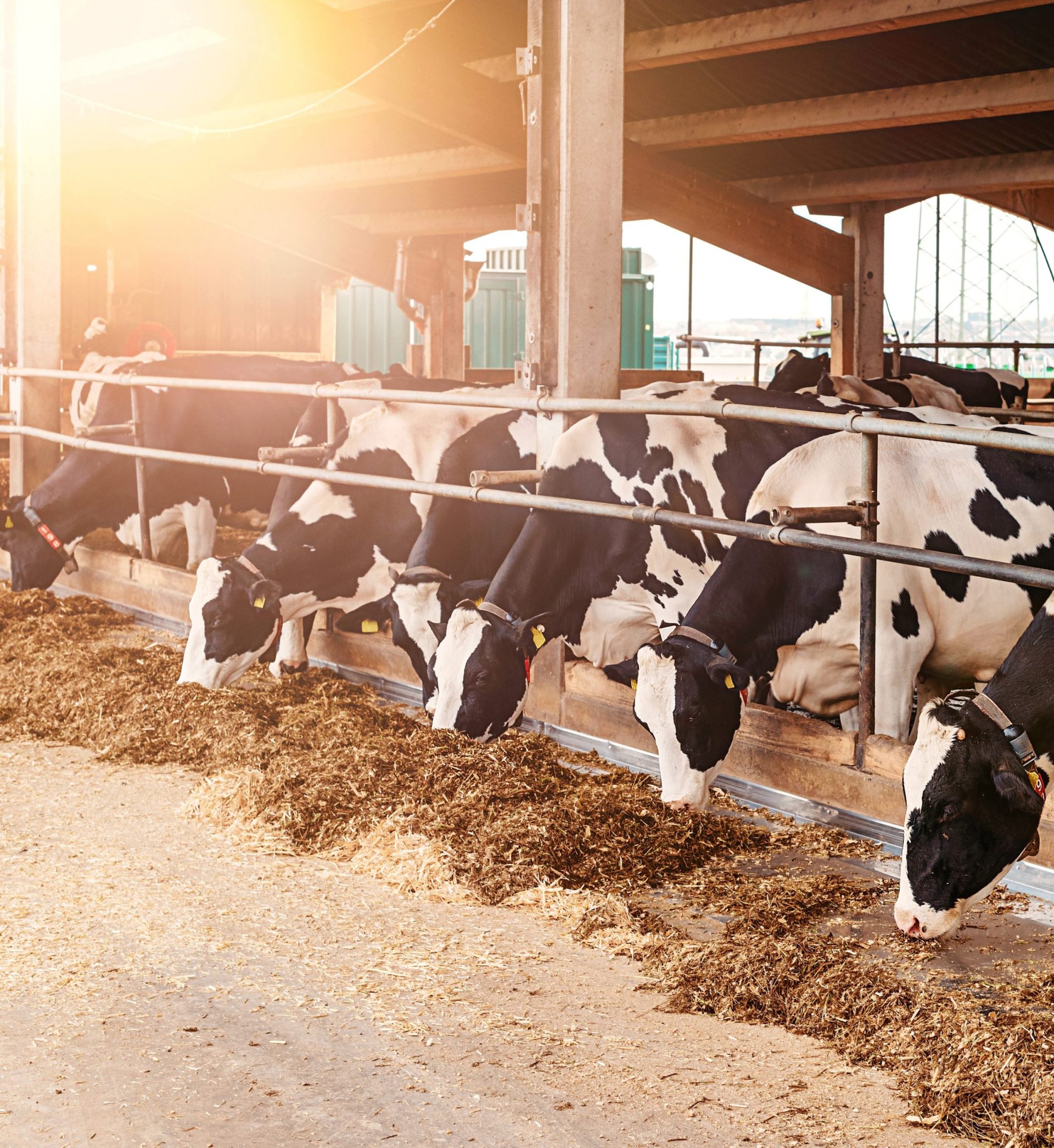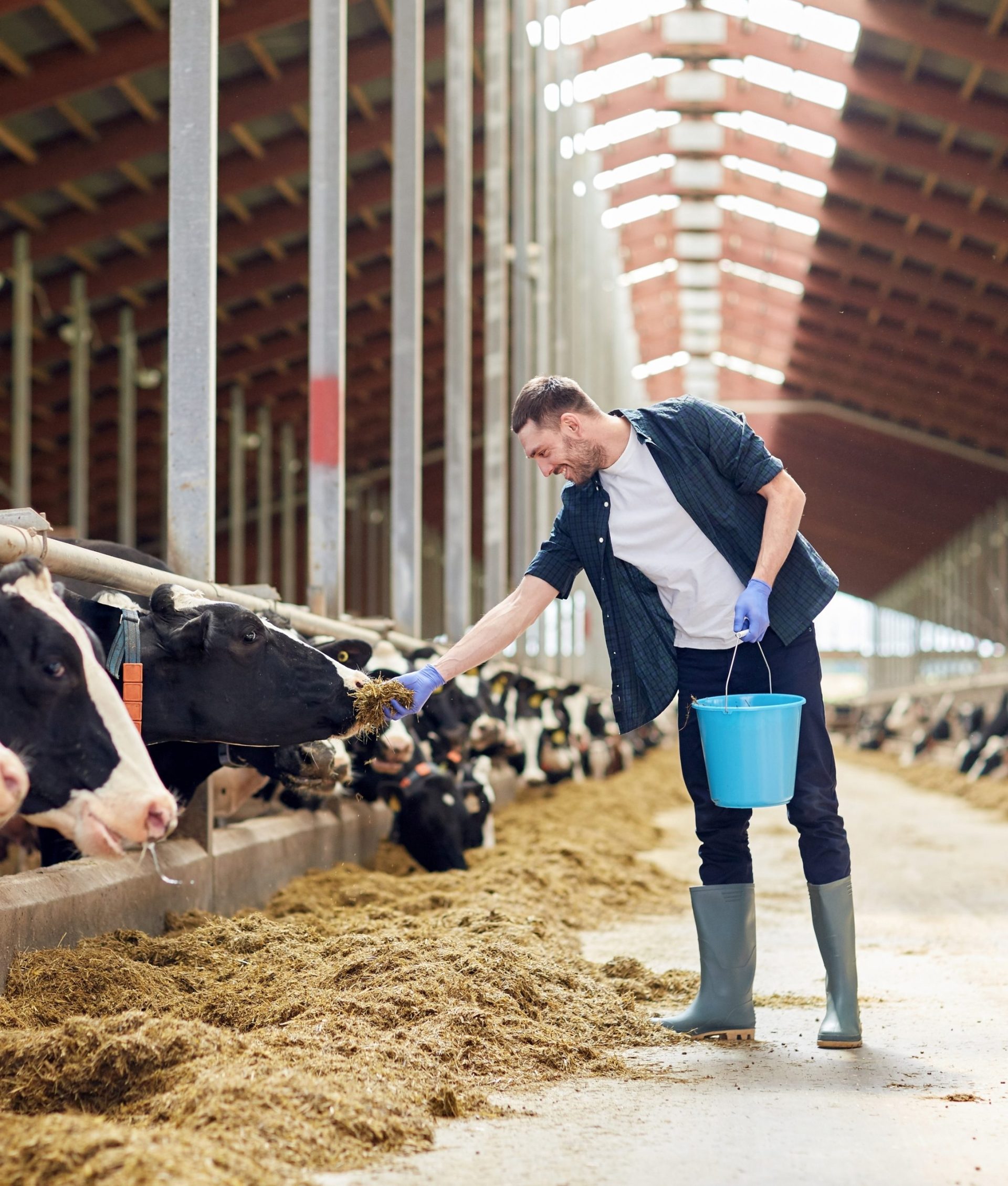Natural antioxidants for animal health:
Polyphenols
Rapid progress in nutrition and genetic selection has led to a significant improvement in the performance of farm animals. This leads to increased pressure on an animal’s organism, which can cause oxidative stress and negatively impact the quality of the meat. The inclusion of polyphenols in the feed offers a natural way of compensating this oxidative stress. Polyphenols are more and more widely used in animal nutrition.
Polyphenols form a vast chemical family with a wide variety of structures. They are produced by many plants as a means of protection and development. They are found in different parts of the plant (leaves, bark, stems, roots, fruits and flowers). These molecules are renowned for their antioxidant properties, due in particular to their hydroxyl groups, which neutralize free radicals and thus reduce oxidative stress. Their most active subfamily, flavonoids, was discovered almost 100 years ago, when it was realized that they could potentiate the activity of vitamin C against scurvy, which earned them the name “vitamin P” for almost half a century. In addition to their direct effect on free radicals, they induce the production of antioxidant enzymes (GPX, SOD) by modifying cell signaling pathways to trigger cytoprotective responses. This protects cells and improves the physiological state of animals.


Polyphenols diversity:
Bioavailability & standardisation
Although they share common characteristics, the antioxidant activity of polyphenols varies considerably. Among the most interesting sources of polyphenols, those from grapes are particularly used because of their unique profile. They have the ability to regenerate vitamins E and C, increase the production of endogenous antioxidants and directly neutralize free radicals.
The bioavailability of polyphenols, i.e. the body’s ability to absorb and use them, depends on their size and profile. Standardized extracts can improve this bioavailability by ensuring a constant concentration of bioavailable polyphenols, which is essential to guarantee a “systemic” function, i.e. a global action throughout the body. Without this standardization, the quantity of each grape polyphenol varies according to external conditions such as soil and climate. Identifying, analyzing and standardizing polyphenols is therefore crucial for guaranteeing identical effectiveness, batch after batch. At Nor-feed, thanks to our expertise and access to the Sonas laboratory, we source the right polymers from our grape seeds and skins to produce Nor-Grape.
In conclusion, polyphenols play an important role in animal nutrition thanks to their antioxidant properties and their beneficial effects on immunity. Their identification and standardization is essential to guarantee constant efficiency, and thus improve the resilience of livestock to oxidative stress.

